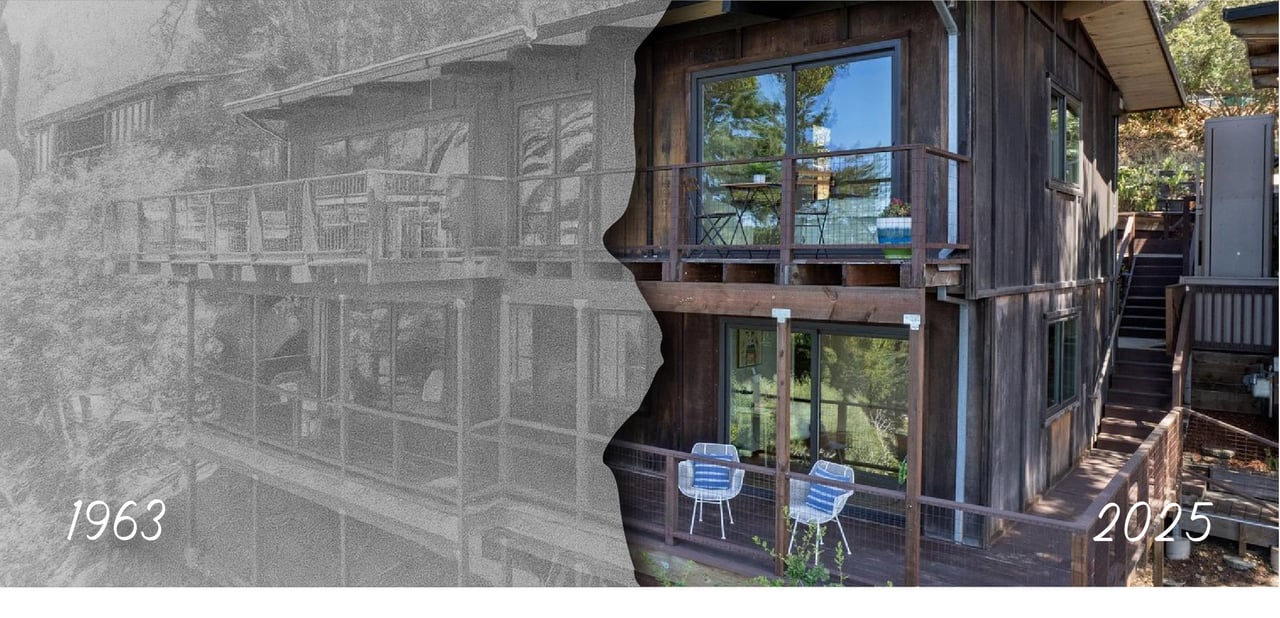In our area it has been a very common practice for realtors to severely underprice a house, and then wait for kudos to roll in when said house gets tons of offers and goes significantly above “list” price.
This practice has gone on for years, with sellers frequently going on the market at prices they would not accept if an offer were to come in at list price. Honestly, this is dealing in bad faith, although no one wants to be the one to buck the trend. I have been a one-woman band for pricing realistically for years now, and fortunately I am here to say it has not hurt my business one bit. I have priced just under what a “transparent” or actual sales price would look like.
If a seller prices “transparently,” frequently they are setting themselves up for the disappointment of chasing the market down, and will end up at a price that is lower than what they would have achieved had they used the more common underpricing method. This has led to recriminations and realtor-blaming on many occasions.
So what should a seller do? I would say to have your agent do a serious comparative market analysis of similar properties in your area. Based upon that comparative market analysis, move to price the house at the lowest number that you would actually accept. Perhaps this would move all of us in the right direction as far as pricing is concerned.
Recently, I have had the opportunity to be at many meetings with agents from other parts of the country and California, and we East Bay agents are the only ones who underprice properties so flagrantly. This practice is not even common in other local counties. With so much in flux and the confusion around everything to do with real estate these days, a more holistic approach to pricing would certainly help everyone to understand the market, and would help to buoy up the reputation of our profession, which has lately been under major attack by outside business entities and even the Department of Justice.
Seriously: Realtors have not done enough for normal buyers and sellers to understand the value of our profession, and practices such as serious underpricing just go to further undermine our credibility in this fight. I will continue this article next month with a list of what Realtors do for you.
Here is a PARTIAL list of the things realtors do in a transaction- it is clear that AI, or online cheap services are incapable of the level of thought process necessary to accomplish these tasks:
List is Courtesy of Leonard Steinberg- COMPASS Chief Evangelist
UNDERSTANDING THE MARKET
1. Collect the prices for comparable homes sold or on the market currently to prepare a Comparative Market Analysis.
2. Gather information on neighborhoods and surrounding properties.
3. Pull market trend data to understand what’s happening within the broader region and neighborhood.
4. Attend broker tours to see other available properties on the market.
5. Stay connected to local buyers, sellers and other agents to maintain a constant view into what is driving the market.
6. Prepare a Comparative Market Analysis (CMA).
RESEARCHING THE PROPERTY
7. Understand the full history of the property, including any changes and improvements made.
8. Determine any geographic risks for the property and the surrounding area.
9. Assess the current condition of the property.
10. Develop a proposal for property improvements, remodeling and staging.
11. Learn all relevant details and attributes of the property, including number of bedrooms, bathrooms, square footage, acreage, etc.
12. Look up the property’s tax information.
13. Research any localized rules and regulations applicable to property.
14. Collect maps, surveys and reports associated with the property.
15. Obtain proof of ownership.
16. Develop a comprehensive listing marketing strategy.
STRATEGIZE WITH THE SELLER
17. Understand the client’s interest in investment, risk and monetary return.
18. Learn personal details about the seller and what is motivating them to sell their property.
19. Provide pricing for current condition versus improved condition.
20. Advise the client about potential pricing strategies reflecting the current market.
21. Create presentation materials regarding the property.
22. Create a communication plan with the client.
DOCUMENTATION
23. Create and complete a listing agreement package for the client.
24. Prepare and produce other relevant buyer and seller protection forms.
25. Invite the client to navigate through all documents together.
26. Review all forms in the disclosure package.
PREPARATION OF THE PROPERTY
27. Determine when property can be accessed.
28. Schedule all media appointments, including photographer, videographer, aerial photographer, staging professional and or cleaning services.
29. Order and install “For Sale” sign and any other relevant signage.
30. Secure and register electronic key box and deliver to property.
31. Recommend vendors to clients for improvements prior to listing.
32. Order a floor plan.
33. Advise on all agreed upon improvements including landscaping, painting, fixture updates, minor and major renovations, etc.
34. Plan on market date.
35. Input listing into MLS.
36. Consider creating a listing as “Coming Soon” if available in the market.
37. Create pre-marketing collateral.
38. Write a listing description.
39. Create and execute open house and showings schedule and update MLS listing with corresponding times.
40. Update MLS with corresponding times and client preferences for showing appointments.
41. Maintain consistent communication with sellers to provide ongoing updates on progress.
PREPARE MARKETING
42. Design materials that showcase the property, such as emails, brochures, social media posts, Workplace posts, digital white board, etc.
43. Expose property internally to almost 30,000 Compass agents.
44. Create a “Just Listed” video to post on social media.
45. Print materials for open houses and showings.
46. Post listing on social media as a “Coming Soon” or new listing.
47. Conduct & create a reverse prospect campaign.
48. Create QR codes for the property.
ACTIVATE & MARKET LISTING
49. Make the disclosure package accessible by adding to MLS.
50. Publish listing to MLS and IDX to third party sites.
51. Create Collections to show comps related to the property.
52. Broadcast listing to personal and professional networks through social media posts and email blasts.
53. Share property with Compass network and other agents at Sales Meetings and via personal outreach.
54. Create and run digital ads to target buyers and markets.
55. Monitor any changes in the market to refine listing strategy and make needed updates (revising price, terms, etc.) accordingly.
56. Refine listing marketing strategy based on feedback.
57. Communicate progress of listing.
SHOW THE PROPERTY
58. Communicate with the client to confirm schedule and preparation.
59. List the open house to the MLS and verify times are correct.
60. Coordinate and host private tours and open houses.
61. Organize specific marketing campaigns for the open house.
62. Provide access to a network of local lifestyle partners.
63. Arrive at the property in advance of scheduled open houses to turn on lights and verify show readiness.
64. Accompany showing appointments when appropriate or required.
OFFERS & NEGOTIATIONS
65. Compile, organize and communicate any received offers to sellers.
66. Advise and strategize with client on actioning offers and creating and approving any counter-offers.
67. Present counter-offer to buyer’s agent.
68. Complete all relevant documentation for counter offer.
69. Liaise between seller and buyer’s agent for any additional counter-offers, advising the seller along the way to secure the most advantageous price and terms.
70. Update finalized offer package and coordinate signatures of both parties.
71. Notify clients when terms are agreed upon.
72. Share disclosure package.
73. Attach all completed documents to the compliance checklist.
74. Update MLS listing status.
INITIATE TRANSACTION
75. Send executed offer package, receipt of purchase and sale contract to Closing Attorney.
76. Create a mutual overview.
77. Arrange and track earnest money, and send earnest money receipt.
78. Create and execute closing timeline and transaction review.
79. Stay in close contact with all relevant parties through next steps.
MANAGE DISCLOSURES & CONTINGENCIES
80. Share disclosure package.
81. Share estimated all documents with the Court, or Trustee, or Attorney if necessary.
82. Communicate earnest money, down payment and contingencies with all parties.
83. Coordinate and confirm inspection.
84. Coordinate and confirm appraisal.
85. Ensure buyer funds are collected in full.
FILE DOCUMENTS & PREPARE FOR CLOSING





































































































 (510) 421-6818
(510) 421-6818
 GET IN TOUCH
GET IN TOUCH
 2644 ASHBY AVENUE, BERKELEY CA 94705
2644 ASHBY AVENUE, BERKELEY CA 94705
